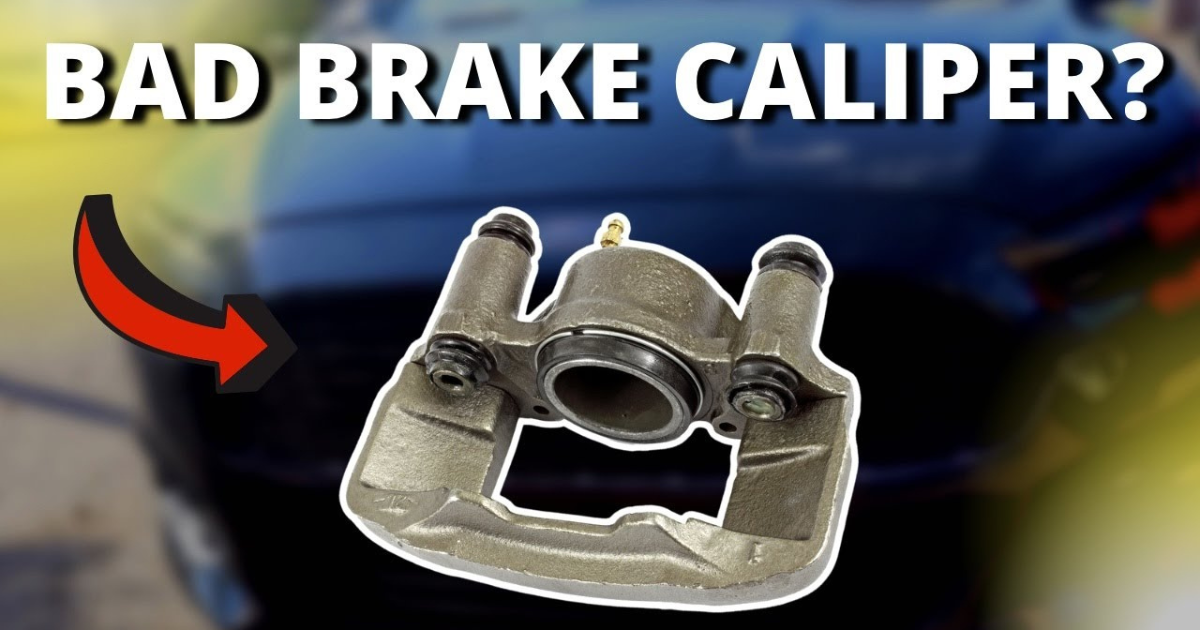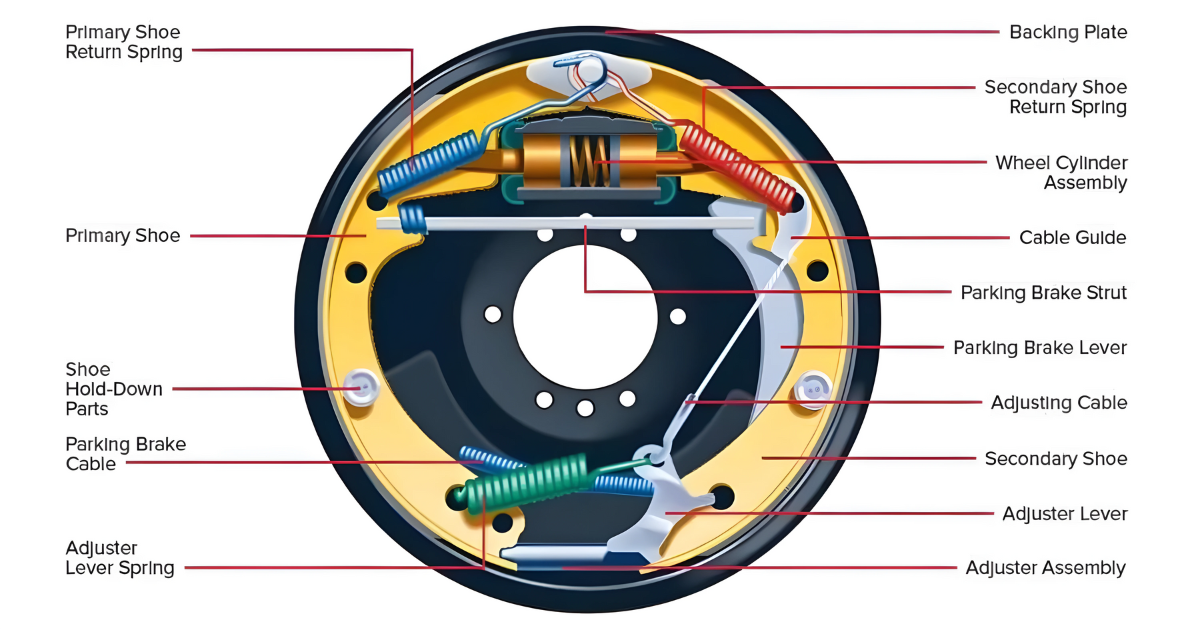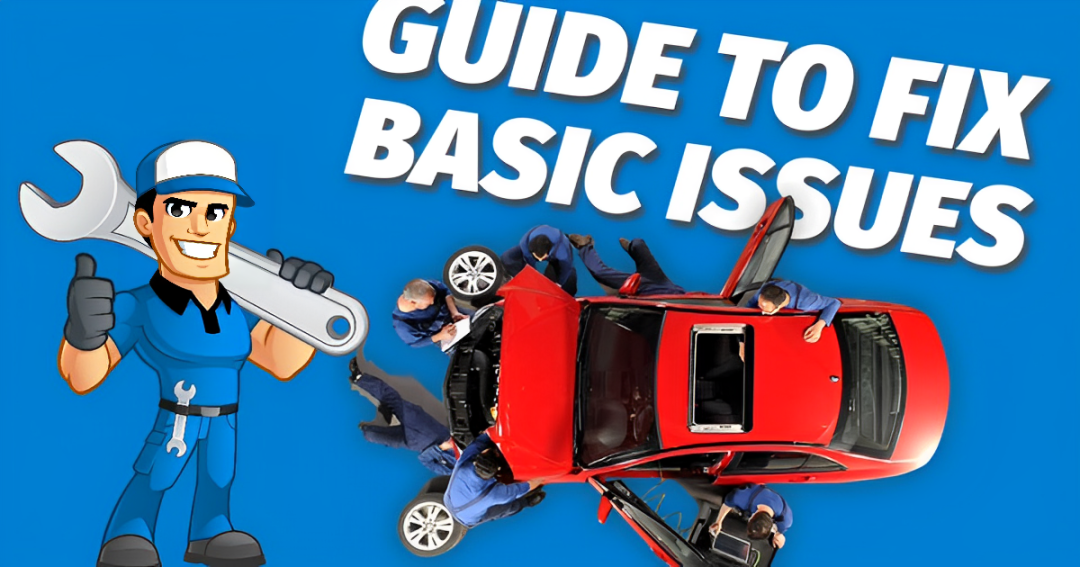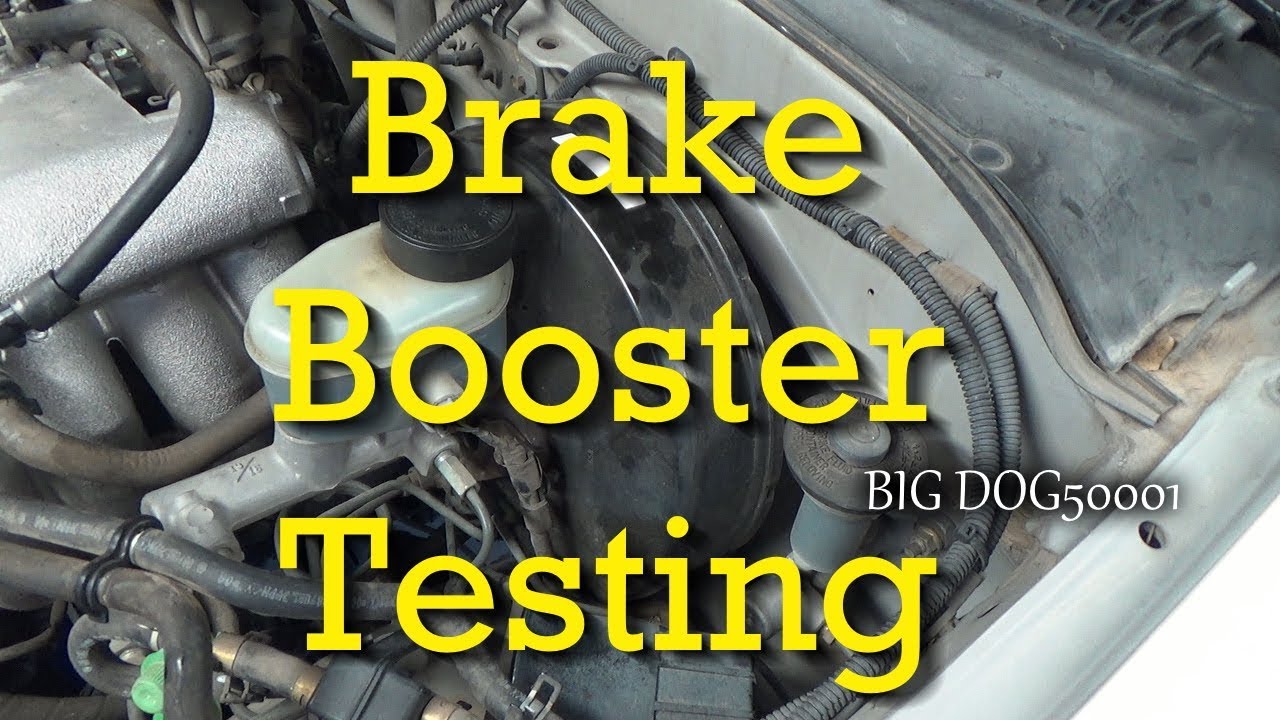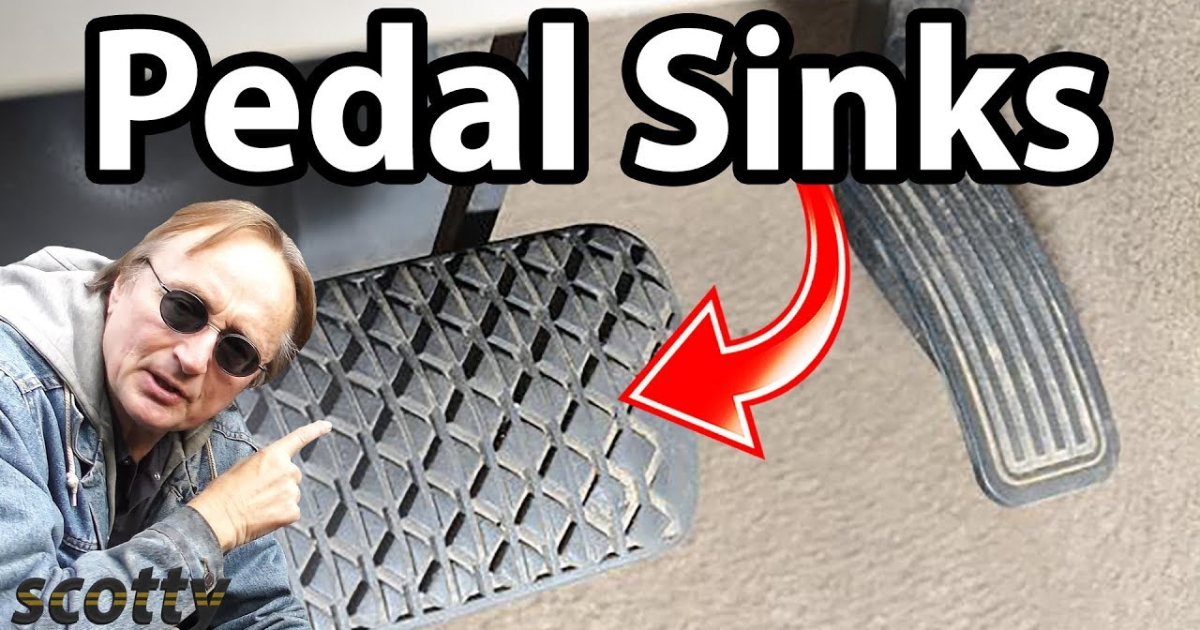Car brakes are a crucial safety element, and most cars have distinct braking structures. The anti-lock braking system, disc brake, drum brake, and emergency brake are examples.
The brake caliper suspends the brake pads over the wheel rotor and holds the piston. The braking piston is connected to the brake pedal by hydraulic lines. Thus, if the brake pedal is applied, the piston receives a hydraulic force and presses the brake pad on the wheel rotor, causing friction. Friction slows or stops the automobile.
The brake caliper retracts the brake pad from the wheel rotor immediately after pedal release. Over time, the brake caliper may wear out and need repair. This article covers bad brake caliper symptoms, diagnosis, etc.
Bad brake caliper symptoms
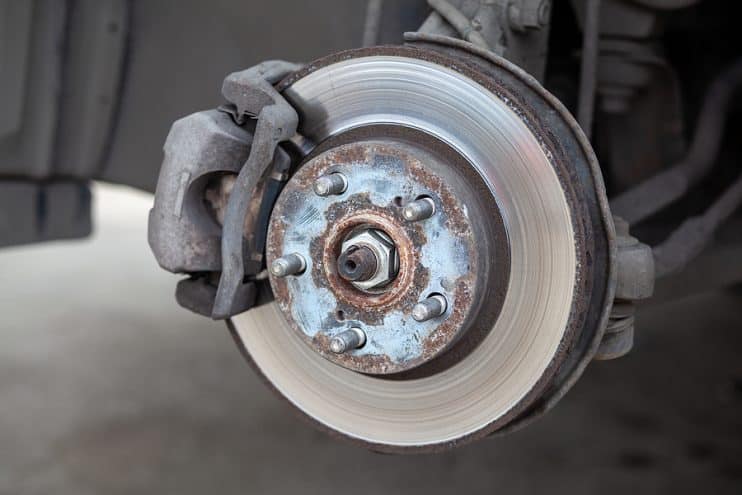
The brake caliper, like all brake system components, will give you a warning before failing. A failed brake caliper will cause a sequence of problems to alert the motorist.
Uneven brake pad wear
A faulty brake caliper will cause one brake pad to wear out faster than the other. Driving with a worn-out brake pad on one side of your car may cause braking troubles. One of the indications of seized brake calipers.
Clunking sound
A bad brake caliper can also make a loud clunking sound if the bracket holding it breaks. It can lock up that wheel’s brakes. If your car makes noise when braking, take it to a professional immediately. Probably a loose caliper bolt.
Metal-stealing squealing
Sticky or frozen brake calipers make a metallic rubbing or grinding sound. Unlike the sounds from a worn-out brake pad when the brake pedal is pressed, this noise is usually audible even when not braking.
One-sided vehicle pull
Have you ever pressed your car’s brake pedal and had it pull to one side instead of stopping evenly? A bad brake caliper is likely to blame.
If any pistons in your front wheel brake calipers freeze due to corrosion, dirt, or debris, the brake pad may not touch the brake disc. When this happens, your car will move towards or away from the defective brakes. Damaged calipers can also cause car vibrations when braking.
What happens when you drive a car with a bad caliper?
Under normal use, brake pads wear out, but in some instances, they wear out faster. Speedy stopping and brake pedal riding are examples. If the brake caliper fails, the brake pad may wear out faster and fail.
Your brake system normally warns you of wear. Ignoring these warnings could be disastrous. Watch for brake issues like loud screeching and Abs Light On.
Repair brake pad wear and slow calipers. Continuous usage of a broken brake caliper might damage the brakes. This happens to drivers with bad calipers.
Diagnostics and replacement of a damaged brake caliper
Destroying your brake caliper or car brake mechanism without diagnosis is uneconomical. To identify the damaged part, you should diagnose it.
A damaged brake caliper can be diagnosed easily. If you want to do it yourself, acquire brake calipers and follow these steps;
Check for Leaks
If your pedal is spongy or low, check the caliper for a leak. First, check for brake system leakage before suspecting a faulty Master Cylinder.
Check the master cylinder, bleeder screw, hydraulic lines, and caliper piston. After finding the leak, fix or replace it.
Check brake pads
Bad caliper slide pins can cause uneven brake pad wear. Raise your car safely and support it to diagnose it. After removing the caliper, check the brake pads for wear. A faulty or rusty sliding pin may cause imbalanced wear.
Clean and lubricate trapped caliper pins to restore normal operation. If the brake pad wear is uneven but the sliding pins are good, check the caliper pistons for free movement.
Tool-diagnosed piston function
Brake drag, imbalanced brake pad wear, and vehicle cornering might result from a blocked piston or pulled bore. Try these simple methods to diagnose this condition:
- Use a jack and stand to safely raise your automobile and hand-rotate the tire. A jammed caliper forcing the brake pad on the wheel rotor may make it hard to rotate.
- Use your hands to press the piston back to its bore to diagnose the caliper.
- If it fails, decouple the wheel assembly.
- Pull the caliper from the bracket without loosening the hose.
- C-clamp the piston to its bore and watch the master cylinder not drain fluid from the reservoir. A faulty piston or one that needs service will be difficult to return to the bore.
- If the piston won’t move after loosening the bleeder and pressing it in, the caliper is bad.
Consult an assistant to diagnose piston functions.
When your piston is stuck, you need help diagnosing it. A jammed piston can generate a low brake pedal; an aide can help diagnose the problem.
- Lift the vehicle safely with a jack, then remove the wheel assembly.
- Let your aide match and release the pedal while you watch.
- To check the piston, see if it moves properly in and out of its bore.
- Watch for brake fluid leaks around the hoses and caliper.

